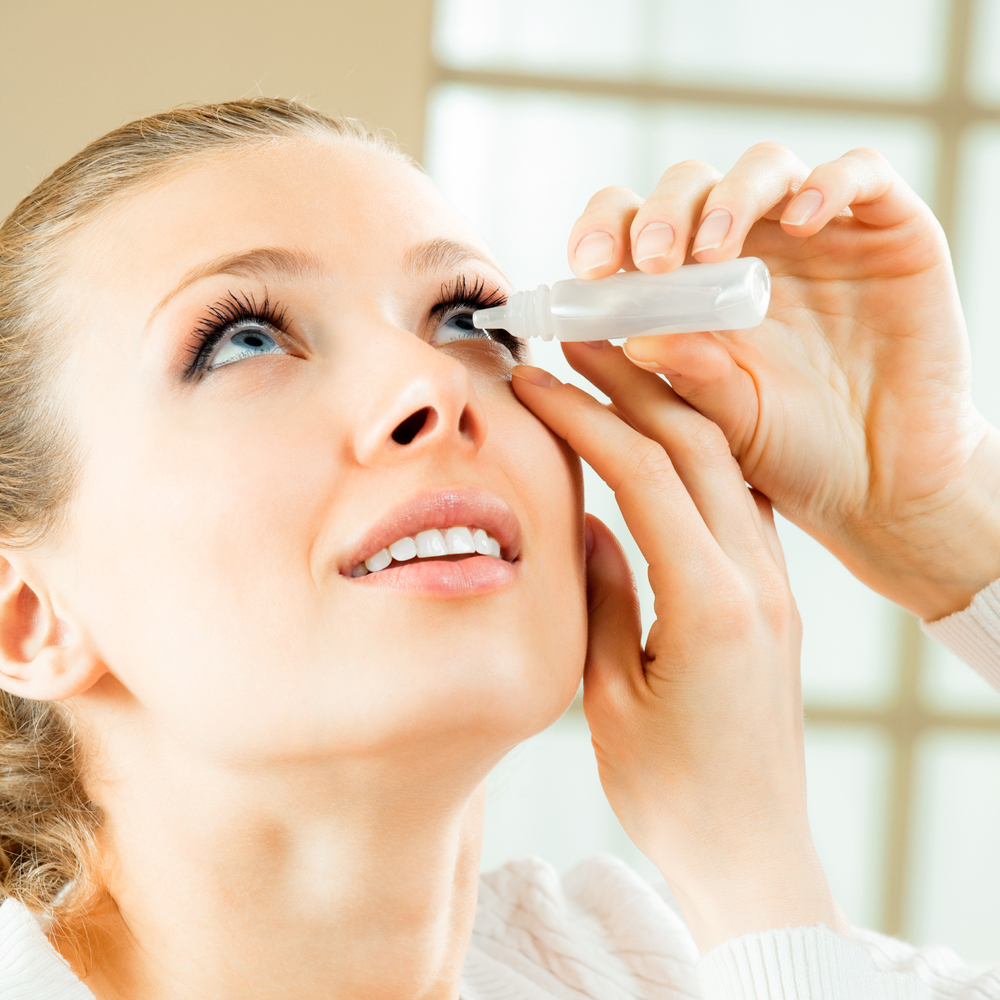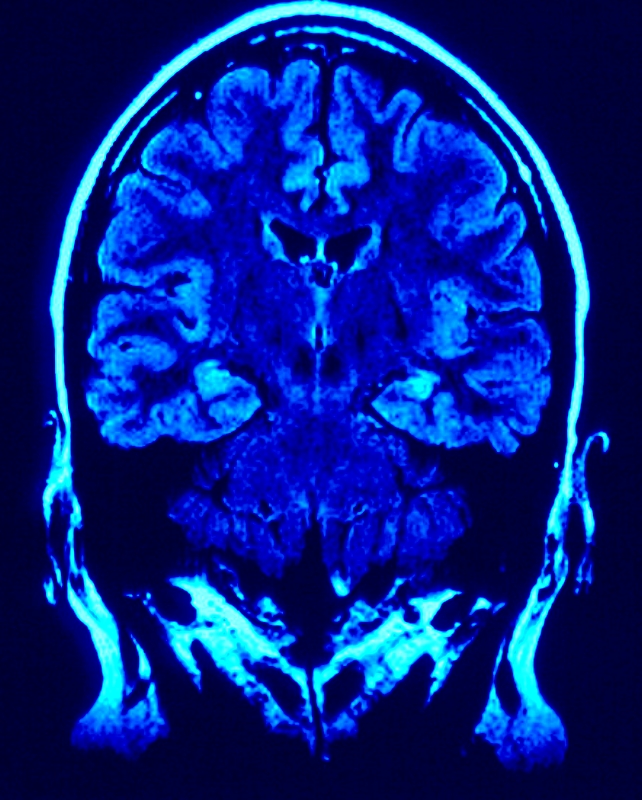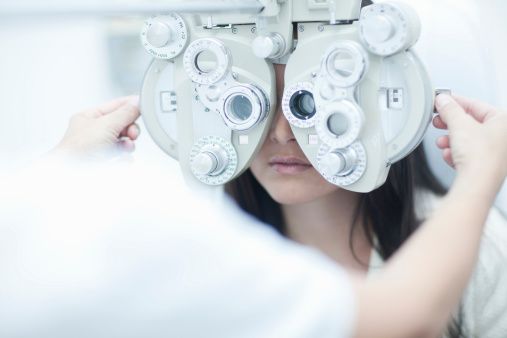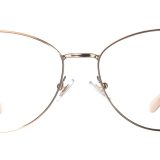School Vision Screening vs. Eye Exams
My son pulled a sticker out of his backpack that said, “I got my eyes checked.”
Apparently he had a vision screening at school during the day and I wondered how he did. I didn’t get any report on it, so I’m assuming he passed. But, I thought to myself, is that a good substitute for an eye exam?
So, I took that question to my optometrist, and found out the answer. No. Not even close, in fact.
Why Not?
Did you know that a vision screening can only catch between 20-30% of vision problems? A school nurse asking your child to read letters off the wall eye chart only tests whether or not your child is having problems with distance vision. It doesn’t test other, common, childhood vision issues like eye coordination, eye movement, focusing, or perception. If your child is farsighted or has astigmatism, it can’t often be detected without a full vision exam.
If your child has never had a full eye examination, professionals recommend that your child’s vision be tested at least one time before age three and then again once your child enters elementary school. After that, regular examinations are a good idea every two years or more frequently if your child is complaining of headaches, squinting, or having trouble with schoolwork. If at any point your child ends up needing corrective lenses, then annual exams are recommended.
Importance of an Eye Exam
Some studies estimate that 5-10% of preschoolers and a full 25% of school-age children have some sort of vision issue that requires correction. And, the earlier these issues are detected the better. In fact, some vision issues — such as problems with eye movement or coordination, can actually be corrected through visual training if caught early enough.
Other experts say that children who have undiagnosed vision problems can actually be mistaken for having a learning disability. Others whose vision issues go undetected can struggle with normal childhood things beyond learning, such as adjusting to school, because they have challenges seeing signs, reading the blackboard, or recognizing faces from far away.
For children who are farsighted, some symptoms include not wanting to read or look at a book up close for too long or even crossing their eyes to try to focus on words on a page.
So, don’t let that “I got my eyes checked” sticker fool you into thinking your child’s vision has been examined for the year. Make sure to call your optometrist inside America’s Best and schedule an appointment for your child today!










